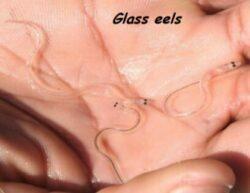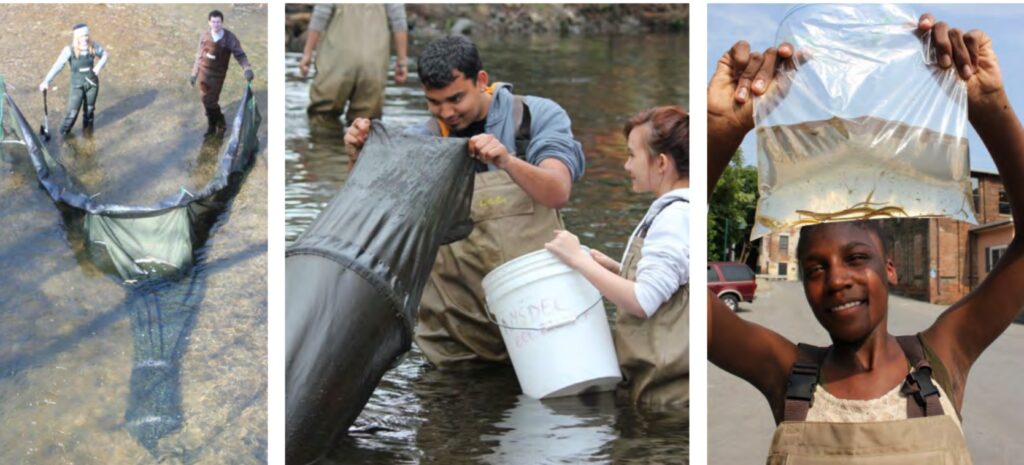
HUDSON VALLEY- The New York State Department of Environmental Conservation (DEC) announced that all along the Hudson River estuary, volunteers including teachers, students, and residents are donning waders and venturing into tributary streams to participate in ongoing research on migrating juvenile American eels (Anguilla rostrata).
“New York is home to significant habitat that is critical to the life-cycle of many migratory fish species,” said DEC Commissioner Basil Seggos. “The Hudson River Eel Project connects students and local residents with nature gathering data that can be valuable for the future study of this species and its role in the Hudson Valley ecosystem.”
Now in its 16th year, the project was initiated by DEC’s Hudson River Estuary Program and Hudson River National Estuarine Research Reserve to gather data to inform multi-state management plans for eel conservation. Eel collection takes place at most sites daily from mid-March through mid-May. Since the project began, volunteers have caught, counted, and released more than one million juvenile eels into upstream habitats.
This spring, students, local volunteers, DEC staff, and partner organizations will monitor glass eels at 11 sites on the Hudson River from New York Harbor to the Capital Region.
American eels have one of the most unusual life cycles of any fish. The eels are hatched in the Sargasso Sea in the Atlantic Ocean, and every spring arrive in estuaries like the Hudson River as translucent, two-inch-long “glass eels.” DEC and volunteers check 10-foot, cone-shaped nets (fyke nets) specifically designed to catch these small eels during this life stage. Volunteer and student researchers then count and release the glass eels back into the water and record environmental data on temperature and tides. Most of the eels are released above dams, waterfalls, and other barriers so that the eels have better access to their habitat. Eels will live in freshwater rivers and streams and for up to 30 years before returning to the sea to spawn.
Coastal states from Florida to Maine monitor the young-of-the-year migrations of American eels, using the protocols of the Atlantic States Marine Fisheries Commission. Hudson River Eel Project participants are trained in these field collection protocols to ensure useful data is collected.
Anyone interested in volunteering for the eel project should email the DEC eel project and include the area of interest to find a nearby site. For more information on the project, visit DEC’s website, or watch the eel project video on DEC’s YouTube channel.








